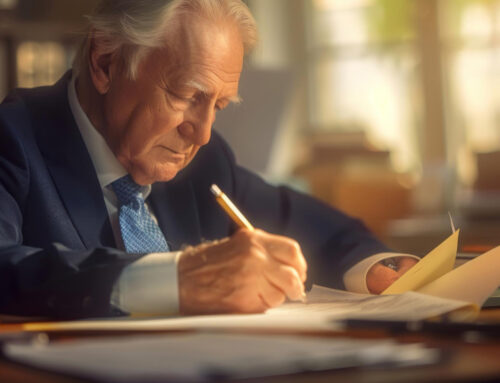Many of us know the basic details of the Pilgrims: How they left England and came over on the Mayflower. How they all nearly died that first winter. And how they survived with the help of an English-speaking Native American named Squanto.
When their next successful harvest was gathered in, they celebrated with the feast that has come down to us as Thanksgiving.
But we rarely stop and wonder how a group of English who had only lived under a monarchy decided to establish a largely democratic colony. How a deeply religious community that had known only strict sectarianism decided to grant all settlers religious liberty. And how people whose families made their living in a late-medieval command economy decided to establish the beginnings of a free market.
The answer is that when the Pilgrims left England, they didn’t go straight to the New World. They went to the Netherlands (Holland), specifically to the city of Leiden. And in fact, that’s where they intended to stay.
During their eleven-year sojourn there (1609-1620), they were exposed to many of the ideas and institutions that were later incorporated into the new colony.
At the time, Leiden was part of a confederation of “states” which had recently won their independence from a dominant European monarchy (Spain).
The city of Leiden welcomed immigrants of all kinds. There the leaders of the Pilgrims encountered other groups which had also left their countries over religious persecution. And they saw that the best way for people to live out their faith according to their conscience was in a pluralistic society.
Though they were strict Calvinists, Plymouth Colony was open to Catholics, Jews, and Unitarians.
The Pilgrims also saw first-hand the prosperity that could come with free trade and an open market. Just a few years before they arrived, the Dutch had created the world’s first stock market. Compared to the relatively rigid economies of most of Europe, capital in the Netherlands was able to flow more freely and the result was greater prosperity.
And finally, there was the inspiration for Thanksgiving, which the Pilgrims saw modeled in an annual October festival given in gratitude for Dutch independence.
“They thought the Dutch had it right,” says historian Jeremy Dupertuis Bangs. “The Pilgrims also found in Deuteronomy the description of how to hold a harvest thanksgiving, which included inviting all the ‘strangers’ living within one’s boundaries. This would account for inviting the Indians.”
So, among our many things to be thankful for should be our founders’ stay in the Netherlands. And their ability to recognize good ideas when they saw them. We have all gained much by what they learned there.
We wish you and your family a happy Thanksgiving.



